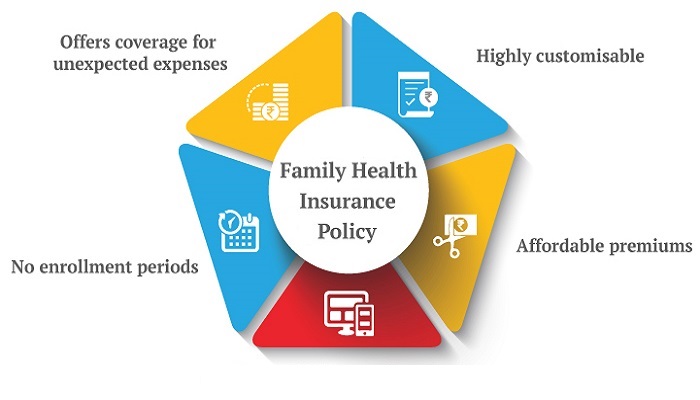
The Quest for Affordable Health Insurance Leave a comment
Introduction In a world where healthcare costs continue to soar, finding affordable health insurance can seem like navigating a labyrinth. However, with the right knowledge and strategy, individuals and families can secure coverage that meets their needs without breaking the bank. This article aims to delve into the complexities of affordable health insurance, exploring key factors, strategies, and options available to consumers.
Understanding the Healthcare Landscape:
Before diving into the specifics of affordable health insurance, it’s essential to understand the broader healthcare landscape. In many countries, healthcare systems vary significantly, ranging from public to private models. Understanding the fundamentals of how healthcare is structured in your region can provide valuable insights into available insurance options.
Factors Affecting Health Insurance Costs:
Several factors influence the cost of health insurance, making it crucial for consumers to consider these variables when seeking affordable coverage.
- Age and Health Status: Generally, younger and healthier individuals typically pay lower premiums compared to older or less healthy individuals.
- Coverage Options: The extent of coverage, including deductibles, copayments, and coverage limits, directly impacts premiums.
- Location: Healthcare costs can vary significantly by region, affecting insurance premiums.
- Employer-Sponsored Insurance: Employer-provided health insurance plans often offer more affordable premiums compared to individual plans due to group discounts.
- Government Subsidies: In some countries, government subsidies are available to help lower-income individuals afford health insurance.
- Pre-existing Conditions: Individuals with pre-existing health conditions may face higher premiums or difficulty obtaining coverage.

Strategies for Finding Affordable Health Insurance:
Navigating the complexities of health insurance requires careful consideration and strategic planning. Here are some strategies to help individuals and families find affordable coverage:
- Shop Around: Don’t settle for the first health insurance plan you come across. Compare plans from multiple insurers to find the best coverage at the most competitive price.
- Consider High-Deductible Plans: High-deductible health plans (HDHPs) often have lower premiums but higher out-of-pocket costs. These plans can be a cost-effective option for healthy individuals who don’t anticipate frequent medical expenses.
- Utilize Health Savings Accounts (HSAs): Pairing an HDHP with an HSA allows individuals to save money tax-free for medical expenses, providing additional financial flexibility.
- Explore Government Programs: In many countries, government-sponsored healthcare programs offer affordable or subsidized insurance options for low-income individuals and families.
- Evaluate Employer Options: If your employer offers health insurance benefits, carefully review the coverage options available and consider any subsidies or contributions provided by the employer.
- Consider Telemedicine Services: Some health insurance plans offer telemedicine services, which can provide cost-effective access to medical care for non-emergency issues.
- Maintain a Healthy Lifestyle: Leading a healthy lifestyle can help reduce the risk of chronic illnesses, potentially lowering healthcare costs and insurance premiums over time.
Types of Health Insurance Plans:
Understanding the different types of health insurance plans available can help consumers make informed decisions when selecting coverage:
- Health Maintenance Organization (HMO): HMO plans typically require members to choose a primary care physician and obtain referrals for specialist care. These plans often have lower premiums but less flexibility in choosing healthcare providers.
- Preferred Provider Organization (PPO): PPO plans offer more flexibility in choosing healthcare providers and typically don’t require referrals for specialist care. However, premiums may be higher compared to HMO plans.
- Exclusive Provider Organization (EPO): EPO plans combine elements of HMO and PPO plans, offering a network of preferred providers but without requiring referrals for specialist care.
- Point of Service (POS): POS plans allow members to choose between in-network and out-of-network providers, with higher out-of-pocket costs for out-of-network care.
- Catastrophic Health Insurance: Catastrophic plans are designed to provide coverage for major medical expenses and typically have low premiums but high deductibles. These plans are generally available to individuals under 30 or those who qualify for a hardship exemption.
Conclusion:
Affordable health insurance is a cornerstone of financial security and well-being. By understanding the factors influencing insurance costs, exploring various strategies, and selecting the right plan, individuals and families can navigate the complexities of the healthcare system with confidence. While the quest for affordable health insurance may seem daunting, armed with knowledge and perseverance, it is indeed possible to find coverage that meets both healthcare needs and budgetary constraints.
